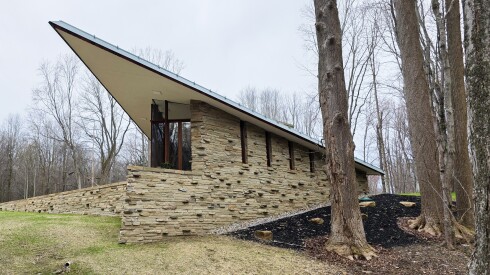If the mosaics of the Ayasofya (Hagia Sophia) and Kariye Museum (Chora Church) left you dizzy with admiration, then do take the time to visit The Museum of Great Palace Mosaics. The bi-level gallery sits beneath the Arasta Bazaar, just a stone’s throw east of the Blue Mosque. Whilst not as grand as the former two sites, the impressive mosaics here of limestone, earthenware and coloured stones date back to AD 450-550 and formed part of a courtyard within Constantine the Great’s Palatium Magnum (Great Palace) - a complex that pre-dates the Ottoman’s Blue Mosque that now dominates real estate in Old Istanbul. Over 150 human and animal figures are present across friezes and a 250m2 restored tessellate. They depict the daily life of times when Eastern Roman and Byzantine emperors ruled the lands. Mythological gods, animals in a fight to the death and hunting scenes are also featured. The mosaics lie largely where they were discovered in the 1930s and 1950s and are regarded as one of Istanbul’s greatest finds of the last century - largely because you won’t find a tessellated floor from antiquity of this size anywhere in the world. The museum is open every day with an entry fee as listed on their website. Purchase of the Museum Pass – a 72 hour museum access card - will grant you free access.
More Recommendations
The last century's greatest find in Istanbul
If the mosaics of the Ayasofya (Hagia Sophia) and Kariye Museum (Chora Church) left you dizzy with admiration, then do take the time to visit The Museum of Great Palace Mosaics. The bi-level gallery sits beneath the Arasta Bazaar, just a stone’s throw east of the Blue Mosque. Whilst not as grand as the former two sites, the impressive mosaics here of limestone, earthenware and coloured stones date back to AD 450-550 and formed part of a courtyard within Constantine the Great’s Palatium Magnum (Great Palace) - a complex that pre-dates the Ottoman’s Blue Mosque that now dominates real estate in Old Istanbul. Over 150 human and animal figures are present across friezes and a 250m2 restored tessellate. They depict the daily life of times when Eastern Roman and Byzantine emperors ruled the lands. Mythological gods, animals in a fight to the death and hunting scenes are also featured. The mosaics lie largely where they were discovered in the 1930s and 1950s and are regarded as one of Istanbul’s greatest finds of the last century - largely because you won’t find a tessellated floor from antiquity of this size anywhere in the world. The museum is open every day with an entry fee as listed on their website. Purchase of the Museum Pass – a 72 hour museum access card - will grant you free access.























